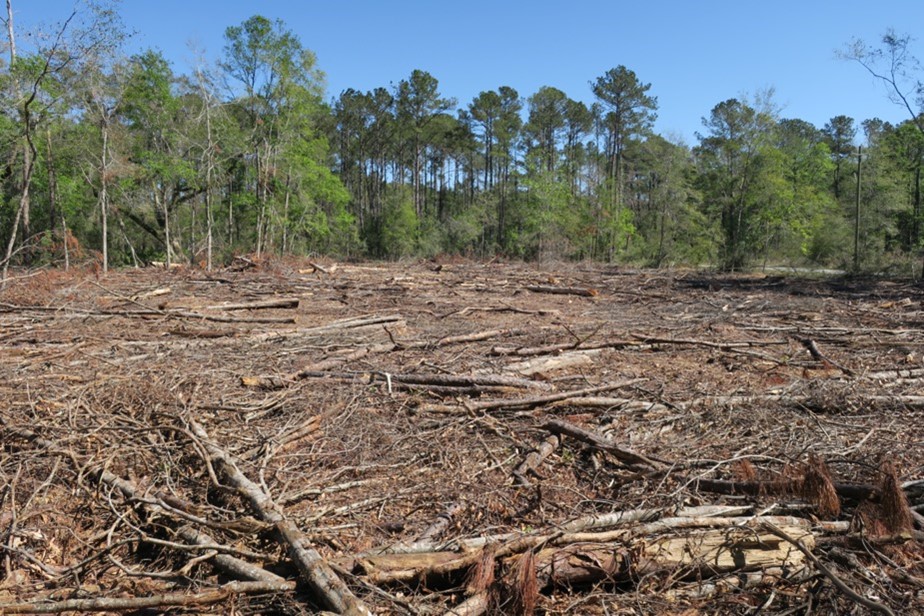Maritime forest live oak restoration
Maritime forest live oak restoration

The southern Atlantic Coast maritime forests, which are dominated by live oak (Quercus virginiana), provide important conservation values and ecosystems services. However, these forests have been heavily impacted by clearing to support agriculture or grazing, development, and conversion to pine plantations. There is momentum among conservation groups to restore maritime forests, but little is known about the regeneration requirements of live oak, which limits ability to develop effective management prescriptions for restoration. In 2015, we began developing collaborative research and outreach projects with St. Simons Land Trust to study how animal browse, weed competition, and light requirements affect regeneration of planted live oak at Cannon’s Point. We have since established new studies to evaluate the effects of tree shelters to exclude animal browse, assess treatment of logging slash to facilitate site preparation, and competitive interactions between live oak and loblolly pine. These findings are expected to improve knowledge of how to promote establishment of planted live oak seedlings, especially on former pine plantations that were salvage harvested due to pine beetle outbreaks.
(Funding: St. Simon’s Land Trust, Purdue University, New Mexico State University)
